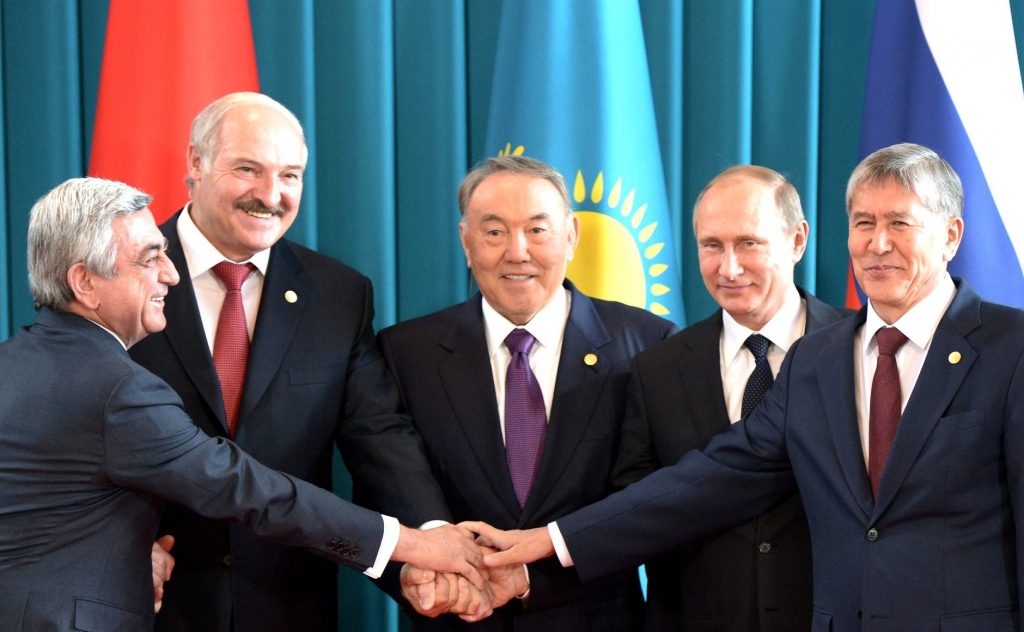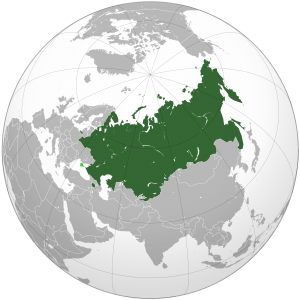The Eurasiatic Economic Union in simple points
The Eurasiatic Economic Union in simple points

Kazakhstan and Kyrgyzstan have been part of the Eurasian Economic Union since 2015. The relevant fact is that nations not well known by Westerners are becoming an increasingly influential region on economic as well as political international level. The geopolitical axis of Central Asia thus gains more power and stability; turning out to be more attractive to foreign investments, and more capable of dealing with large neighboring competitors such as China and India.
Here is a short list explaining the new reality of the Eurasian Economic Union in key points.
1.The first treaty that regulates the Eurasian Economic Union enters into force on 01.01.2015; it hass been ratified by Belarus, Russia and Kazakhstan. Armenia and Kirgyzistan enter respectively inside the Union on 02.01.2015 and 06.08.2015.
2.The Eurasian Economic Union, EAEU or EEU, is an international organization born with the aim of increasing the competitiveness, modernization and collaboration of the Member States’ economies; to promote stable economic growth in order to increase the quality of life standards within the member states.
3.The Eurasian Economic Union establishes a policy of free movement of goods, capital, services and labor; governed by the Treaty and international agreements ratified by the Member States.
4.The Presidency of the Union is held annually by a Head of State in rotating annual shifts.
The conformation of the Eurasian Economic Union

5.The economic policies of the Eurasian Economic Union are regulated by the Supreme Eurasian Economic Council; from the Eurasian Economic Commission; from the Eurasian Intergovernmental Council and the Court of Eurasian Economic Union. The Supreme Eurasian Economic Council is in charge of all the organs and, within it, the most important decisions are made; like how to set the strategies to achieve the goals; international cooperation procedures or negotiation with a third party to the Treaty.
6.The Eurasian Economic Commission has already been operational since 2012, when the Member States had already expressed their willingness to create a common economic space with the creation of the Eurasian Economic Community (2000-2014); which also included Uzbekistan and Tajikistan.
The Commission, created on the EU model, is divided into a Council and a College. The Council deals with the integration processes; with the approval of monetary funds; with the development and coordination of trade. The College, composed of three Federal Ministers for each Member State, oversees the activities of the Union; draws up reports and acts as an intermediary between the various departments of the Commission.
7. The Court of Eurasian Economic Union presides over any disputes between Member States. It is formed by two judges for each of the member States, in office for 9 years and elected by the Head of State.
Economic policies and plans for the future
8.The Eurasian Economic Union proposes, in the near future, to introduce a single currency in its territory.
9. Among the economic policies of the EEU there are: reducing the costs of transporting raw materials; lowering the prices of agri-food products; increasing the number of factories and workers; creating new infrastructures; research into new technologies and green energy; the drive towards greater competitiveness and negotiations between the Far East and the EU.
10.The aim of the EEU is to enlarge the number of Member States, in order to create an international economic power like the EU, USA and China. However, the interests of the EEU and of the states to which annexation has been proposed, such as Georgia, Ukraine, Turkey and Moldova, clash with the desire of the guests to join the EU. Tajikistan is considering to entry in the economic space of the EEU; while Uzbekistan seems more hesitant.
Source and official website of the Eurasian Economic Union.
For information on the company in the region, click here.
